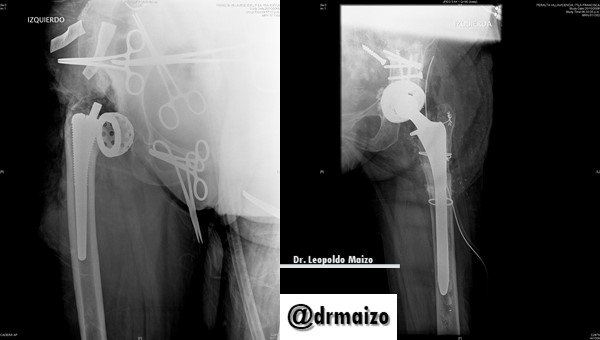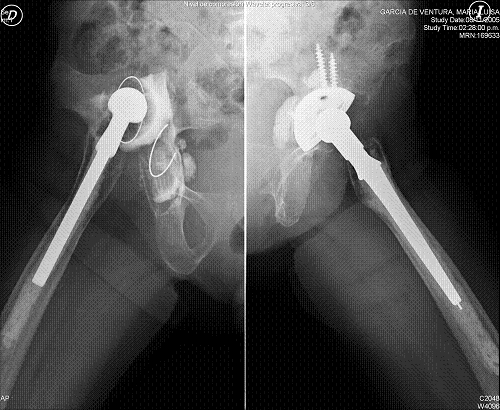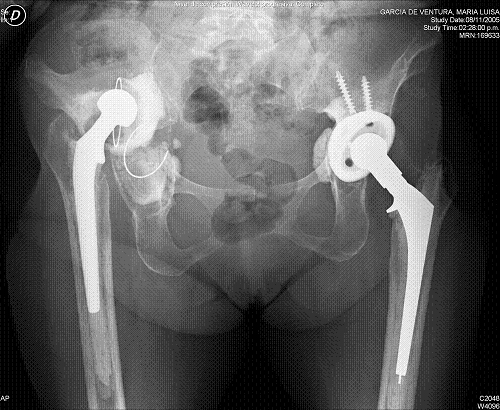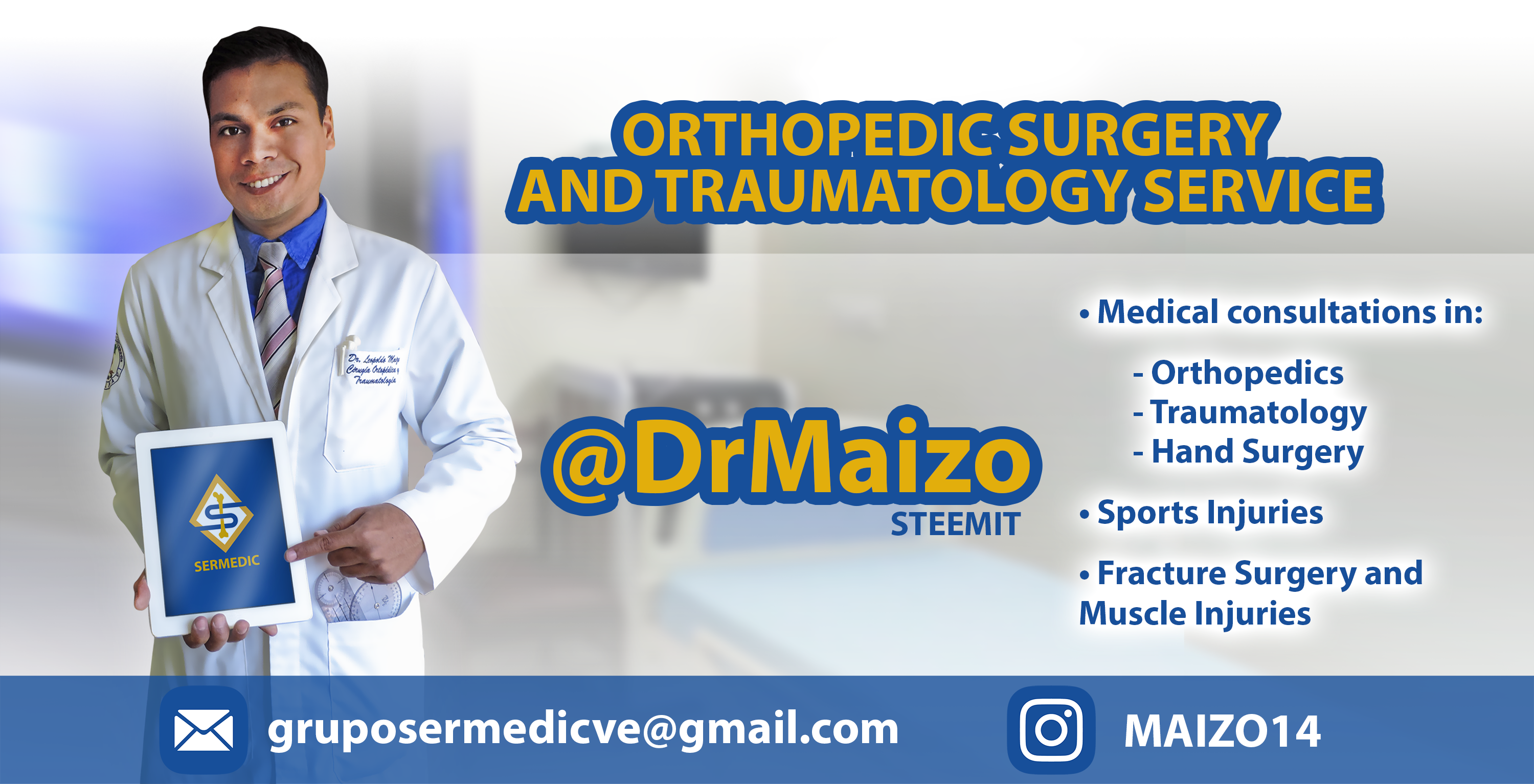Girdlestone: A rarely used rescue technique

Girdlestone technique
The increase in life expectancy in the population in recent decades has been accompanied by an increase in the number of hip arthroplasty interventions, partial in subcapital fractures of the femur or total in coxarthrosis. This type of surgery has improved the quality of life and survival of a large number of people. However, in spite of advances in prosthesis materials and in the improvement of surgical techniques, it is not exempt from complications which, in the worst case scenario, require the removal of surgical material, leaving a serious shortening of the lower extremity and an alteration of the pelvic waist due to the disappearance of the hip joint, which conditions a great difficulty in walking and being able to be independent in the basic activities of daily life.
The head and femoral neck resection technique was described by Girdlestone in 1920 as a palliative treatment in patients with hip tuberculosis. This name is still used today to designate the removal of hip prostheses with cement and the regularization of the proximal portion of the remaining femur, when removal is required.

A last option for many cases
The complications that most frequently force this surgery are hip infections which, despite having decreased their incidence from 9.5% of the first prostheses of the sixties to values between 0.6% and 2.3% of the nineties, are a serious medical and economic problem. Other less frequent complications, but which may also require a Girdlestone intervention, are periprosthetic fractures, recurrent dislocations or the need for multiple hip arthroplasty replacements in poor quality bone. In these cases it remains a valid option to try to alleviate pain or improve the functional situation of patients.
The treatment of choice in an infected prosthesis is two-stage replacement; surgical cleaning of all elements, including cement; antibiotic treatment for a variable period depending on the germ and, subsequently, placement of a new prosthesis. However, in elderly patients with a poor clinical situation this alternative may involve more risks than benefits.
Opinion
The majority of studies have shown success in controlling hip infections using the Girdlestone technique. Given the characteristics of the patients, they are often accompanied by a high mortality rate in the postoperative period and 7-62% during the first month after surgery.
With regard to the assessment of the functional situation in which these patients remain after the intervention, there are fewer jobs and those that are difficult to compare because they study young and old patients and use different scales to assess residual function.
In patients with Girdlestone there is the disadvantage of evaluating the deformity and the articular range which, due to the characteristics of this operation, tend to be extreme.
Dr. Leopoldo Maizo - Orthopedic Surgeon

Firma diseñada por @themonkeyzuelans, contáctalos vía Discord "themonkeyzuelans#9087"
Great projects from the Steemit community:
- My Fundition campaign: https://fundition.io/#!/@drmaizo/6f88ggj8h






.png)